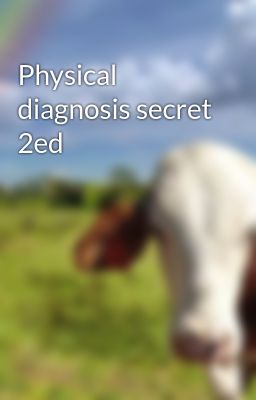thjenzk
26 0 2
THE SKIN Salvatore Mangione, MD "The power of making a correct diagnosis is the key to all success in the treatment of skin diseases; without this faculty, the physician can never be a thorough dermatologist, and therapeutics at once cease to hold their proper position, and become empirical." —Louis A. Duhring (1845-1913) "Beautys but skin deep." —John Davies of Hereford (1565-1618) BASIC TERMINOLOGY AND DIAGNOSTIC TECHNIQUES 1. How many skin diseases exist? What are the two main categories of skin lesions? There are more than 1400 skin diseases. Yet, only 30 are important, common, and worth knowing. The first step toward their recognition is the separation of primary from secondary lesions (Table 3-1). • Primary lesions result only from disease and have not been changed by additional events (such as trauma, scratching, or medical treatment; see Table 3-1). To better identity primary lesions, pay attention to their colors, shape, arrangement, and distribution. • Secondary lesions instead have been altered by outside manipulation, medical treatment, or their own natural course. 2. What are the major primary lesions? • Hanel's: Flat, nonpalpable, circumscribed areas of discoloration cm in diameter. Typical macules are the familiar freckles. • Patches: flat, nonpalpable areas of skin discoloration >0.5 cm in diameter (i.e., a large macula). A typical patch is the one of yitillgo. • Papules: Raised and palpable lesions <0.5 cm in diameter. They may or may not have a different color from the surrounding skin. A typical papule is a raised nevus. >0.5 are 0.5 cm…

![Em chính là bức tranh tuyệt đẹp nhất của đời tôi [ Thorne x Allain ]](https://truyen2u.pro/images/em-chinh-la-buc-tranh-tuyet-dep-nhat-cua-doi-toi-thorne-x-allain-323878382.webp)

![[Bnha] Mixing -](https://truyen2u.pro/images/bnha-mixing-tron-lan-332674194.webp)

